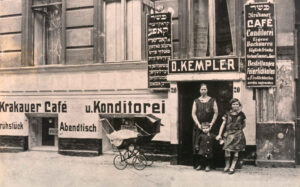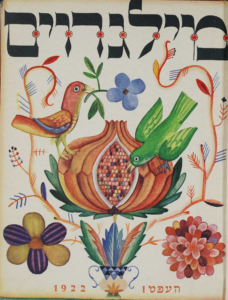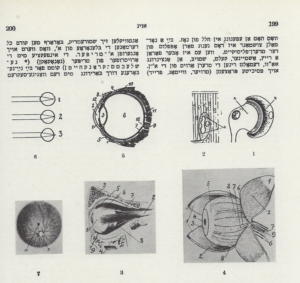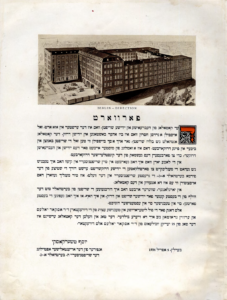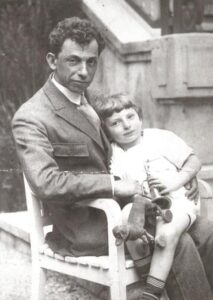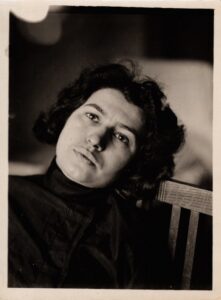Berlin’s Yiddish History
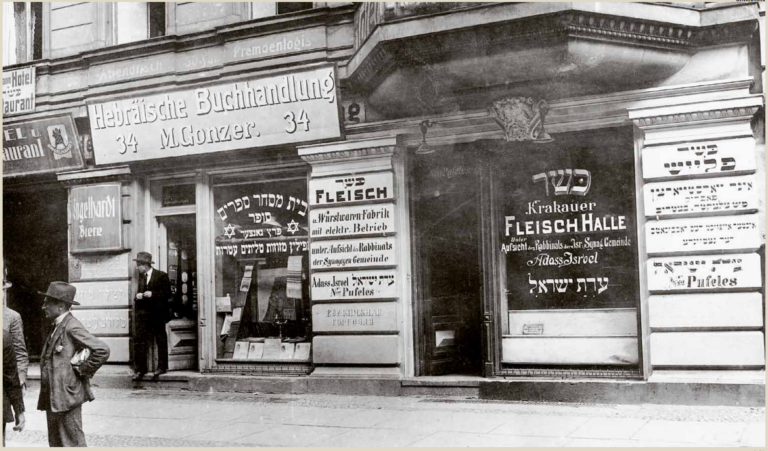
Yiddish in Berlin is as old the city itself: Jona Ben Dan, who was buried here seven years after Berlin’s founding and has the city’s oldest gravestone, was probably a speaker. Yiddish-speaking Jews have been coming here to live in waves ever since, including a heyday in the 1920s, when Berlin was home to many prominent Yiddish authors, scholars, and publishers, and was the birthplace of the Yiddish encyclopedia as well as the foremost institution of Yiddish scholarship, YIVO.
This presentation, available in English, German, or Yiddish, gives an overview of this international language of Ashkenazi Jews through the lens of our own city, considering questions of linguistic diversity, migration, and cultural heritage along the way.
Basics
- Format: A presentation giving an introduction to the Yiddish language and its local history, including literature and/or music, from a perspective of cultural diversity
- Duration: 1-2 hours
- Language: Available in Yiddish, English, or German
- Target audience: May vary widely by age; no background knowledge about Judaism or Yiddish needed
- Context: Usually offered as a guest lecture for university, high school, or continuing education classes on related topics.
- Options: Can include a group activity, a musical component, and/or a sample of Berlin Yiddish poetry depending on interest and time. I have also combined it with a panel of Berlin-based Yiddish speakers.
- Location: Berlin or virtual
Dates
No public presentations currently scheduled.
Past
I have presented on these topics for CIEE, Arbeit und Leben, the Paris Yiddish Center, and the Yiddish in Berlin summer program. I have also presented a related talk about Yiddish history in Germany in Erfurt during their celebration of UNESCO World Heritage status.
Traces of Berlin’s Yiddishland
